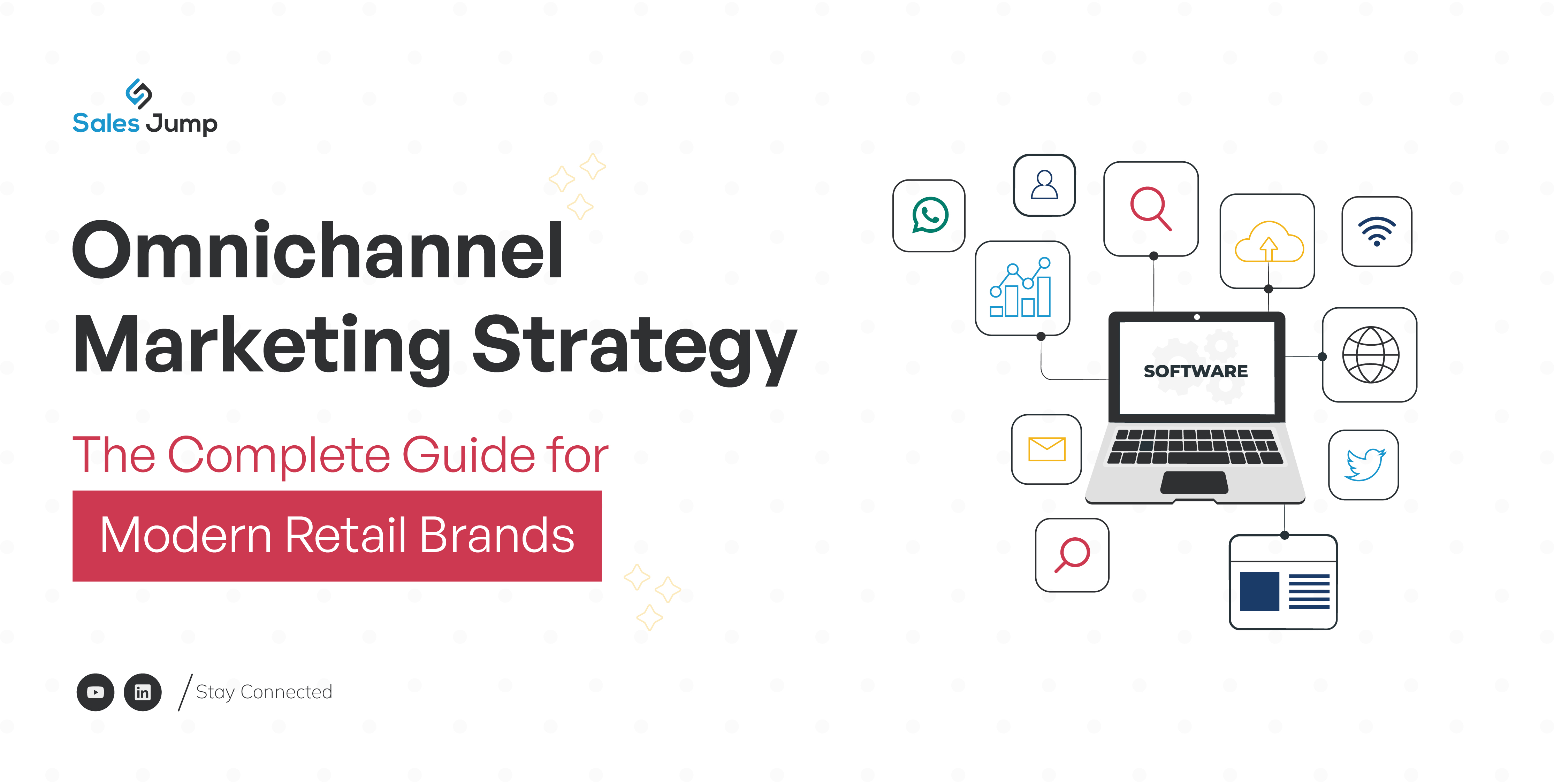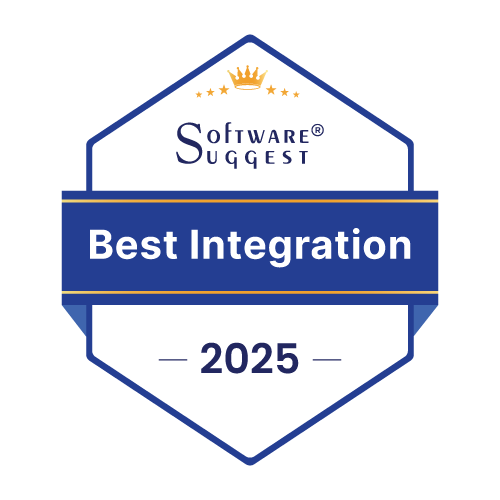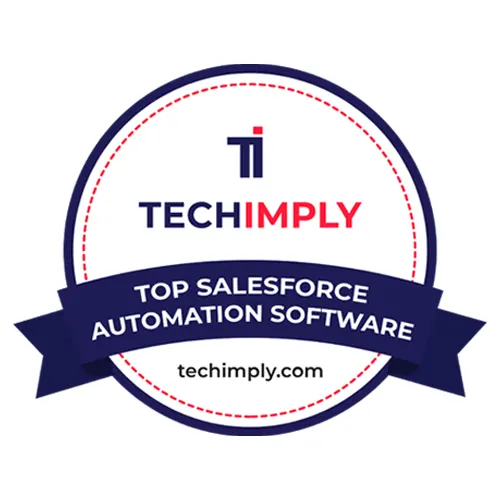Introduction
In 2025, consumers are everywhere online, offline, mobile, in-store, and on social media. For FMCG and CPG brands, winning market share is no longer just about shelf space. It’s about being available, consistent, and personalized across all touchpoints. This is where omnichannel marketing becomes a game-changer.
But how did we get here?
Omnichannel began as a response to fragmented customer journeys. Initially, brands managed separate experiences across stores, websites, and apps. But as consumers started moving fluidly between these spaces, businesses had to evolve. Technologies like cloud-based CRMs, integrated POS systems, and mobile commerce pushed the shift from multichannel to omnichannel.
Today, it’s not just a nice-to-have-it’s a competitive requirement.
Whether you’re a retail manager, FMCG distributor, or dairy brand owner, this guide will help you understand what omnichannel means today, how it evolved, why it matters, and how you can implement it effectively to drive sales, loyalty, and growth.
What Is Omnichannel Marketing?
Omnichannel marketing is a strategy where a brand delivers a seamless, integrated customer experience across all physical and digital channels. Unlike multichannel (where each channel operates separately with no connection), omnichannel connects them.
Example: A customer sees your product on Instagram, visits your website to read reviews, receives a personalized email offer, and then buys the product at a nearby store all while being tracked and served based on one continuous profile.
Driving Forces Behind the Omnichannel Trend in FMCG & CPG
⭐ Customers Want a Smooth Experience:
Shoppers today expect to move easily between online and offline platforms. They want the same service whether they’re on a website, using an app, or in a physical store. Your channel approach also matters should you push through retail partners or pull through direct engagement? Explore Push vs Pull Strategy in FMCG.
⭐ Online Shopping Is the New Normal:
Since the pandemic, people are more comfortable buying through apps, social media, and e-commerce. Brands need to meet them there.
⭐ People Like Personalized Offers:
When customers receive suggestions and offers that match their needs, they are more likely to buy. Omnichannel helps brands do this by using connected data from all touchpoints.
⭐ Everyone Is Doing It:
Big companies are already using advanced technology to make shopping easy and enjoyable. Smaller brands need to catch up or risk being left behind.
⭐ New Tools Make It Easier:
With better systems now in place like billing software, customer platforms, and inventory tools it’s simpler to manage all channels together.
⭐ Quick Delivery and Stock Management:
Omnichannel allows brands to deliver products faster and manage stock better. This also helps during disruptions like transport delays.
⭐ Keeps Customers Coming Back:
A smooth, consistent experience across channels builds trust. When customers are happy, they’re more likely to return and recommend the brand.
Real-World Omnichannel Strategies for FMCG/CPG/Dairy
1. Click-and-Collect & BOPIS (Buy Online, Pick Up In-Store)
What it is:
Customers place an order online and pick it up at a nearby store.
Why it helps:
It saves delivery time, reduces shipping costs, and offers convenience especially useful in grocery and dairy retail where freshness matters.
Example:
Big Bazaar and DMart Ready offer BOPIS services where customers can order groceries online and collect them from nearby outlets—saving time and ensuring freshness for dairy and food products.
2. Loyalty Programs Integrated Across Platforms
What it is:
One rewards program that works the same way whether the customer shops on your website, app, or in your physical store.
Why it helps:
It gives customers a consistent reason to come back, no matter where they shop, and helps you track loyalty behavior across all channels.
Example:
Starbucks is a global example their loyalty program syncs across mobile apps, in-store purchases, and website orders. In India, brands like Reliance Smart and Nature’s Basket are building similar integrations.
3. WhatsApp & Social Commerce
What it is:
Using apps like WhatsApp, Instagram, or Facebook to talk directly with customers, send updates, take orders, or answer queries.
Why it helps:
It feels personal and real-time, making it easier for brands to build trust and drive sales through everyday communication channels.
Example:
JioMart lets customers order groceries via WhatsApp, while many D2C FMCG brands use Instagram and Facebook Shops to enable seamless shopping and customer support.
4. Smart Packaging
What it is:
Using QR codes or NFC tags on product packaging to link to digital content—like recipes, sourcing details, or offers.
Why it helps:
It connects the physical product to the digital world, engages customers after purchase, and encourages repeat buying or cross-selling.
Example:
Amul has experimented with QR codes on packs linking to recipes and sourcing info. Internationally, Nestlé has used smart packaging to share nutritional info and traceability data, enhancing trust and engagement.
Tools & Technologies Enabling Omnichannel Success
1. CRM + CDP (Customer Relationship Management + Customer Data Platform)
⚡️ What it does:
These tools collect customer data from all channels like websites, apps, stores, and social media and organize it into one unified profile for each customer.
⚡️ Why it helps:
It lets you understand your customer better and personalize every interaction. For example, a dairy brand can recommend products based on a customer’s past purchases, regardless of where they bought them.
2. POS Integration (Point of Sale Systems)
⚡️ What it does:
Connects your billing and checkout systems in stores with your central inventory and customer data systems.
⚡️ Why it helps:
You can track stock in real time, offer the same prices across all channels, and make sure popular products are always available no matter where customers shop.
3. Marketing Automation
⚡️ What it does:
Automates emails, SMS messages, app notifications, and more triggered by customer actions, like browsing a product or abandoning a cart.
⚡️ Why it helps:
It keeps customers engaged with timely messages. For example, if someone looks at a snack product on your app, they could get a coupon for it via SMS.
4. Analytics Dashboards
⚡️ What it does:
Shows performance data for all your channels in one place like which channel brings in more sales or where people drop off during their shopping journey.
⚡️ Why it helps:
You can make smarter decisions, fix problems faster, and invest more in what’s working helping you grow efficiently.
Challenges and How to Overcome Them
FMCG brands often struggle to implement omnichannel strategies because of operational silos, outdated systems, and disconnected customer data.
To dive deeper read this comprehensive guide How FMCG sales challenges can be solved,
✨ Scattered Data
When customer data is stored across multiple systems (like store POS, website, or mobile app), it becomes difficult to get a complete view of each customer. This can lead to poor personalization and inconsistent experiences.
Solution:
Integrate all your systems to build a single customer view that powers better targeting and decision-making.
✨ Operational Gaps
Staff in physical stores or distribution points may not be prepared to handle online orders, app queries, or cross-channel returns.
Solution:
Train your teams and partners on omnichannel processes so they can support customers across all touchpoints smoothly.
✨ Channel Conflicts
Different channels may show different prices, stock levels, or offers, leading to customer confusion and dissatisfaction.
Solution:
Align pricing, promotions, and inventory across every channel to offer a consistent experience.
✨ Legacy Technology
Older systems often lack the flexibility and speed needed for real-time updates and cross-channel communication.
Solution:
Shift gradually to modern, cloud-based systems that integrate easily and help scale your operations.
Conclusion: Future-Proofing Your FMCG Business
Omnichannel isn’t just a marketing tactic, it’s a business transformation. For FMCG, CPG, and dairy brands aiming to scale in a fast-evolving market, building an integrated experience across digital and physical worlds is essential.
Start small, integrate wisely, and keep your customer journey at the core.
The brands that master omnichannel today will own the consumer of tomorrow.




